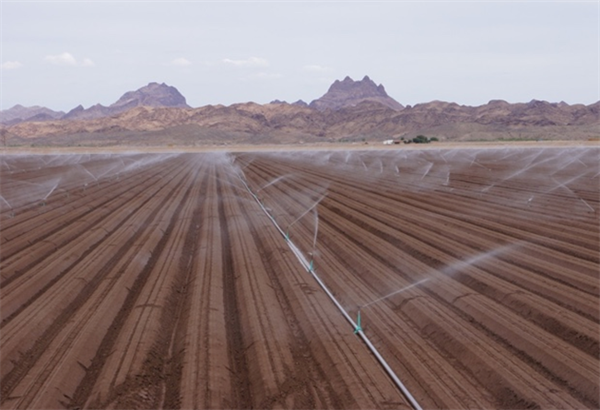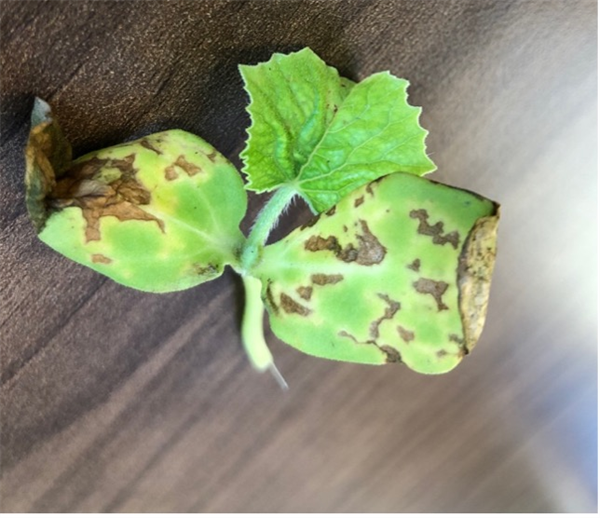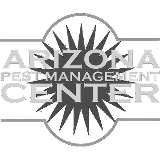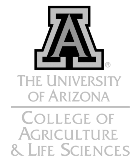Jan 8, 2025
Soil Health – Summary of the Nutrient Mobility Concept
Nutrient Mobility Concept
In two recent articles published in this newsletter on 27 November 2024, Volume 15, No. 24 and 25, I presented the Bray Nutrient Mobility Concept (Bray, 1954) in relation to mobile and immobile nutrients (Silvertooth,2024a and Silvertooth, 2024b). This article provides a summary of the nutrient mobility concept and the implications of mobile and immobile nutrient behavior in soil-plant systems and plant nutrition management.
In 1954, Dr. Roger H. Bray at the University of Illinois proposed a nutrient mobility concept that has proven to be very important inthe management of nutrients for optimum efficiency (agronomically, economically, and environmentally). Bray essentially simplified all soil nutrient chemistry to the fact that some plant nutrients are mobile in the soil, and some are not (Bray, 1954; Raun, 2017; Warren et al., 2017, Havlin et al. 2014; Troeh and Thompson, 2005).
Mobile Nutrients and the Root System Sorption Zone
Mobile plant nutrients in the soil move with the soil water. Thus, plants can extract mobile nutrients from a large volume of soil beyond the direct root system. Accordingly, plants take up mobile nutrients from a “root system sorption zone” (Figure 1). This gives plants the capacity to utilize most of the mobile nutrients in the root system sorption zone as those nutrients will move to the plant roots with soil water as it is taken up by the plant (Silvertooth, 2024a).
We consider the mobile plant nutrients to be nitrogen (N), sulfur (S), boron (B), and chlorine (Cl). These mobile plant nutrients are taken up by the plant in the following form: nitrate-nitrogen (NO3--N), sulfate-sulfur (SO42- - S), boric acid (H3BO3) and borate ions (BO33- - B), and chlorine is taken up as the chloride ion (Cl-).

Figure 1. The root system sorption zone and an illustration of the large volume of soil
from which plants extract mobile nutrients.
Root system sorption zones of adjacent plants commonly overlap, and plants compete for water and mobile nutrients (Figure 2) in the soil and for light at the canopy surface. This is one of the reasons plant populations are important for optimum yield.

Figure 2. Competition among plants brought about by increasing yield goal.
Immobile Nutrients
Plant nutrients that are immobile in the soil include phosphorus(P), potassium (K), calcium (Ca), magnesium (Mg), iron (Fe), zinc (Zn), manganese (Mn), copper (Cu), and molybdenum (Mo). Immobile nutrients do not move as freely in the soil solution as the mobile nutrients do. These nutrients interact more directly with soil colloids and root surfaces.
Immobile nutrients are absorbed by the plant from the soil and soil solution that is directly next to the root surface. Plant roots must grow through the soil volume to come into direct contact with the immobile nutrients.
Figure 3 describes this soil volume and plant root interface as the root surface sorption zone.

Figure 3. The root surface sorption zone and an illustration of the small volume of
soil from which plants extract immobile nutrients.
Since only a thin layer of soil surrounding and in direct contact with the plant roots are involved in supplying immobile nutrients to the plant, there is little or no competition among plants for immobile nutrients. Competition among plants only occurs at points where roots from adjacent plants come in direct contact with one another (Figure 4).

Figure 4. Limited competition among plants for immobile nutrients.
Plant Nutrient Management Implications
The nutrient mobility concept and these basic illustrations can help us understand the basis for some common observations and resultant crop management practices.
Fertilizers with immobile plant nutrients are more effective when they are incorporated into soil and particularly in soil zones where there is a high probability of plant roots encountering the immobile nutrients.
Banded applications of immobile nutrients are generally more effective than the same rates broadcast and incorporated into the soil. In contrast, mobile nutrients like nitrogen (N) can be broadcast and moved into the root system sorption zone by water.
Soil concentrations of immobile nutrients do not usually change rapidly but they can be slowly mined out of the soil by a series of crops without proper fertilization. On the other hand, continued or over-applications of immobile nutrient fertilizers, such as phosphorus (P), will cause a buildup of that nutrient in the soil since only a small fraction (commonly 15-20% for most crops) of the nutrient or fertilizer comes into direct contact with the plant roots.
Appropriate soil tests that are properly correlated and calibrated with crop-specific response categories are important in evaluating immobile plant nutrient status.
References:
Bray, R.H.1954. A Nutrient Mobility Concept of soil-plant relationships. Soil Sci. 78(1), p. 9-22.
Havlin, J.L., Beaton, J.D., Tisdale, S.L. and Nelson, W.L. 2014. Soil Fertility and Fertilizers; An Introduction to Nutrient Management. 6thEdition, Prentice Hall, Upper Saddle River, NJ.
Silvertooth,J.C. 2024a. Soil Health - Bray’sNutrient Mobility Concept and Mobile Plant Nutrients University of ArizonaVegetable IPM Newsletter, Volume 15, No. 24.
Silvertooth, J.C. 2024b. Soil Health - Bray’s Nutrient Mobility Concept and Immobile Plant Nutrients University of Arizona Vegetable IPM Newsletter, Volume 15, No. 25,
Raun, W.R. 2017. In: Warren et al. 2017. Oklahoma Soil Fertility Handbook, Id:E-1039
Troeh, F.R. and Thompson, L.M. (2005) Soils and Soil Fertility. Sixth Edition, Blackwell, Ames, Iowa, 489.
Warren, J., H. Zhang, B. Arnall, J. Bushong, B. Raun, C. Penn, and J. Abit. 2017. Oklahoma Soil Fertility Handbook. Id: E-1039
Weil, R.R. and Brady, N.C. (2017) The Nature and Properties of Soils. 15th Edition, Pearson, New York.















